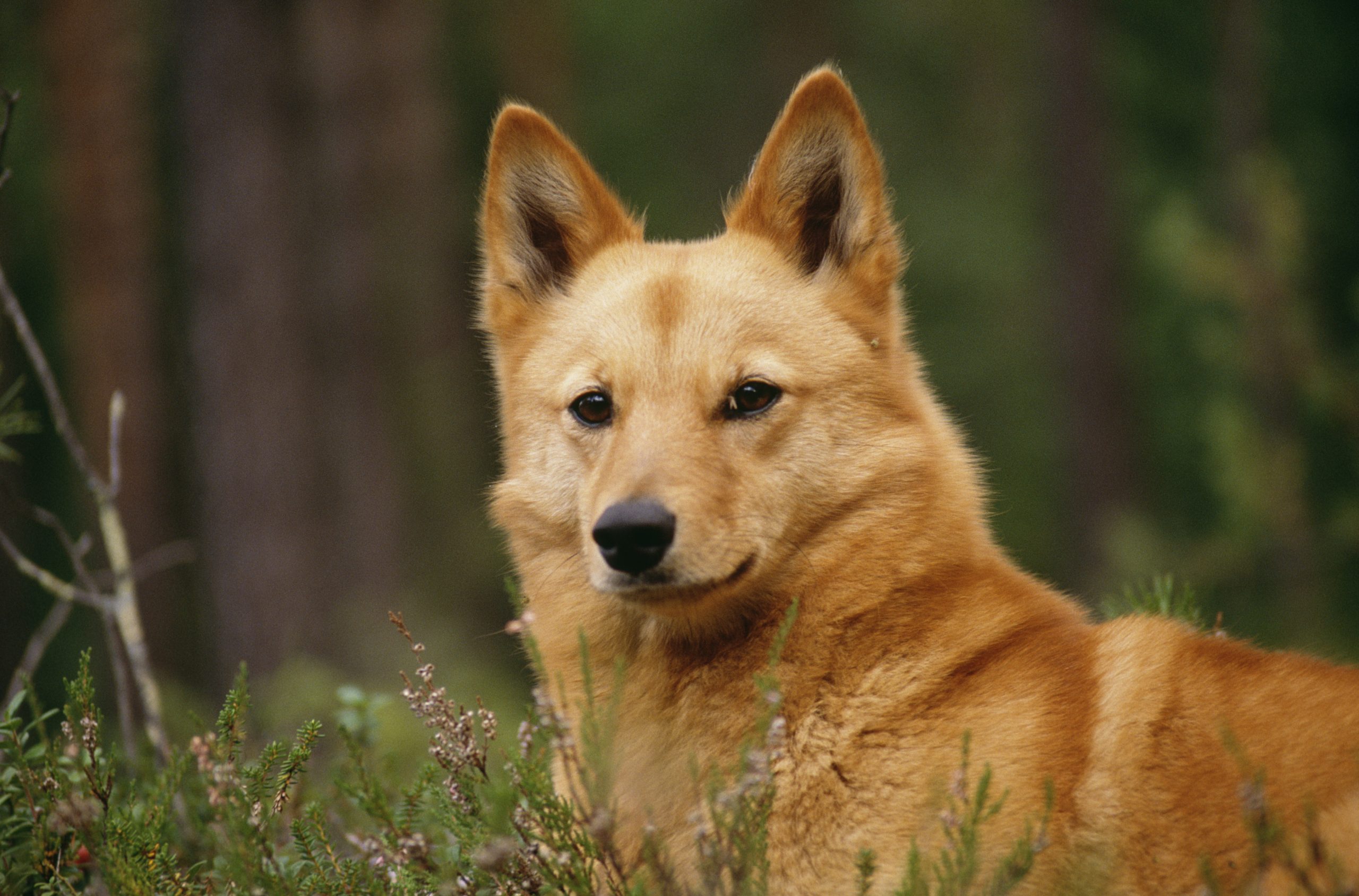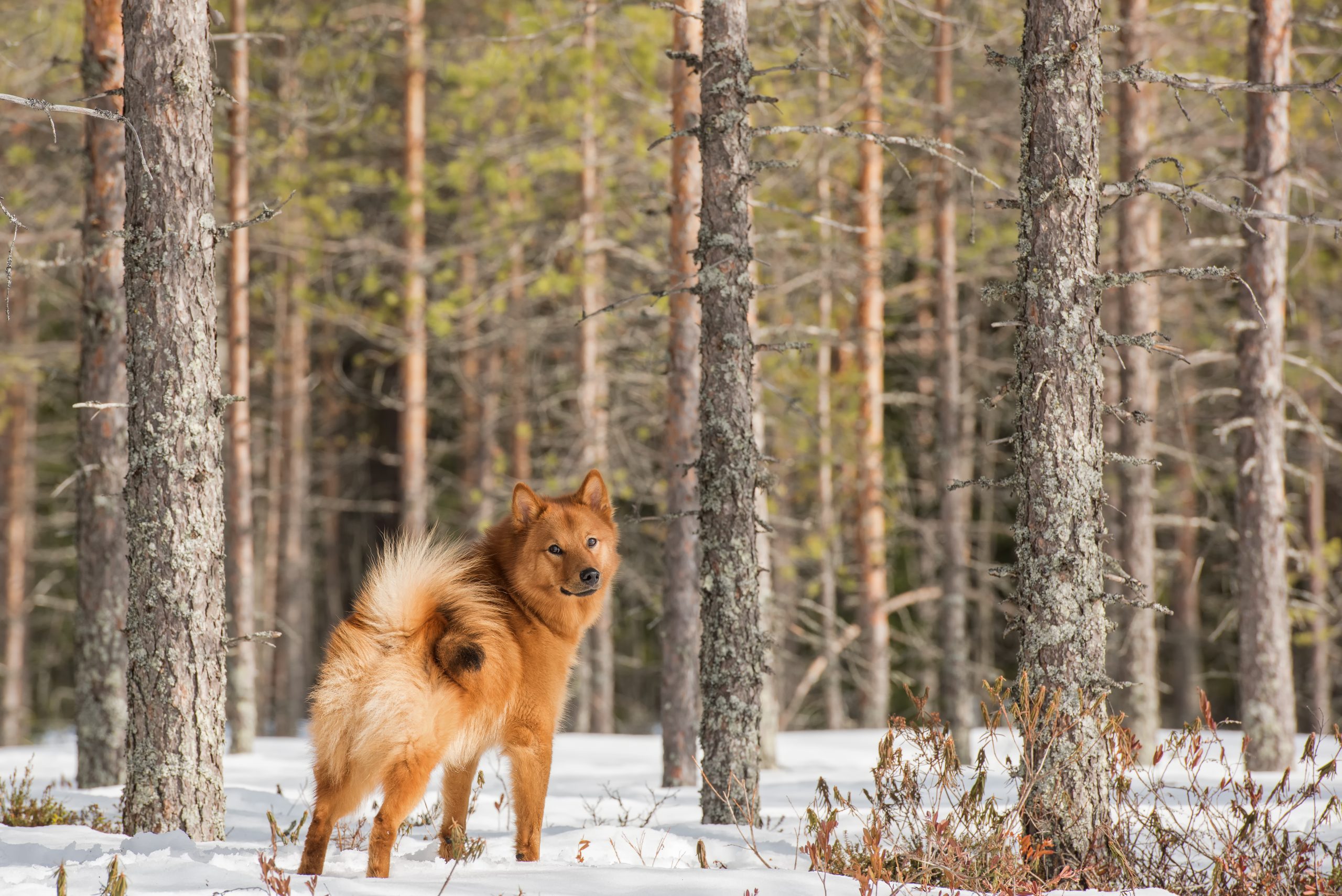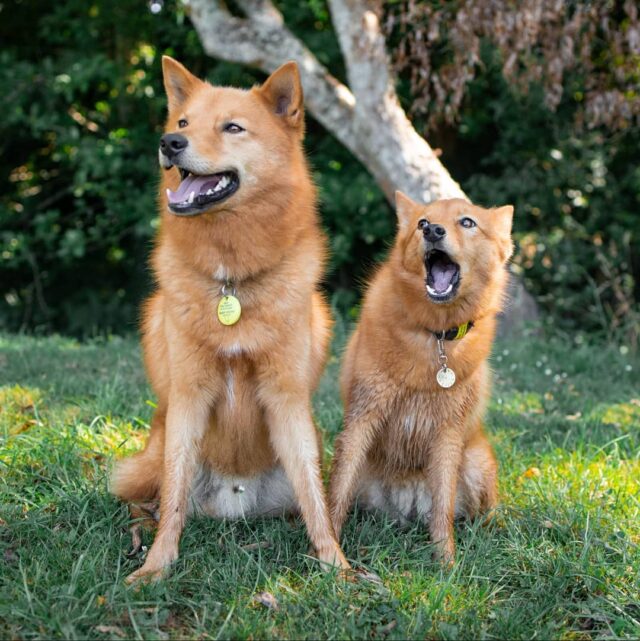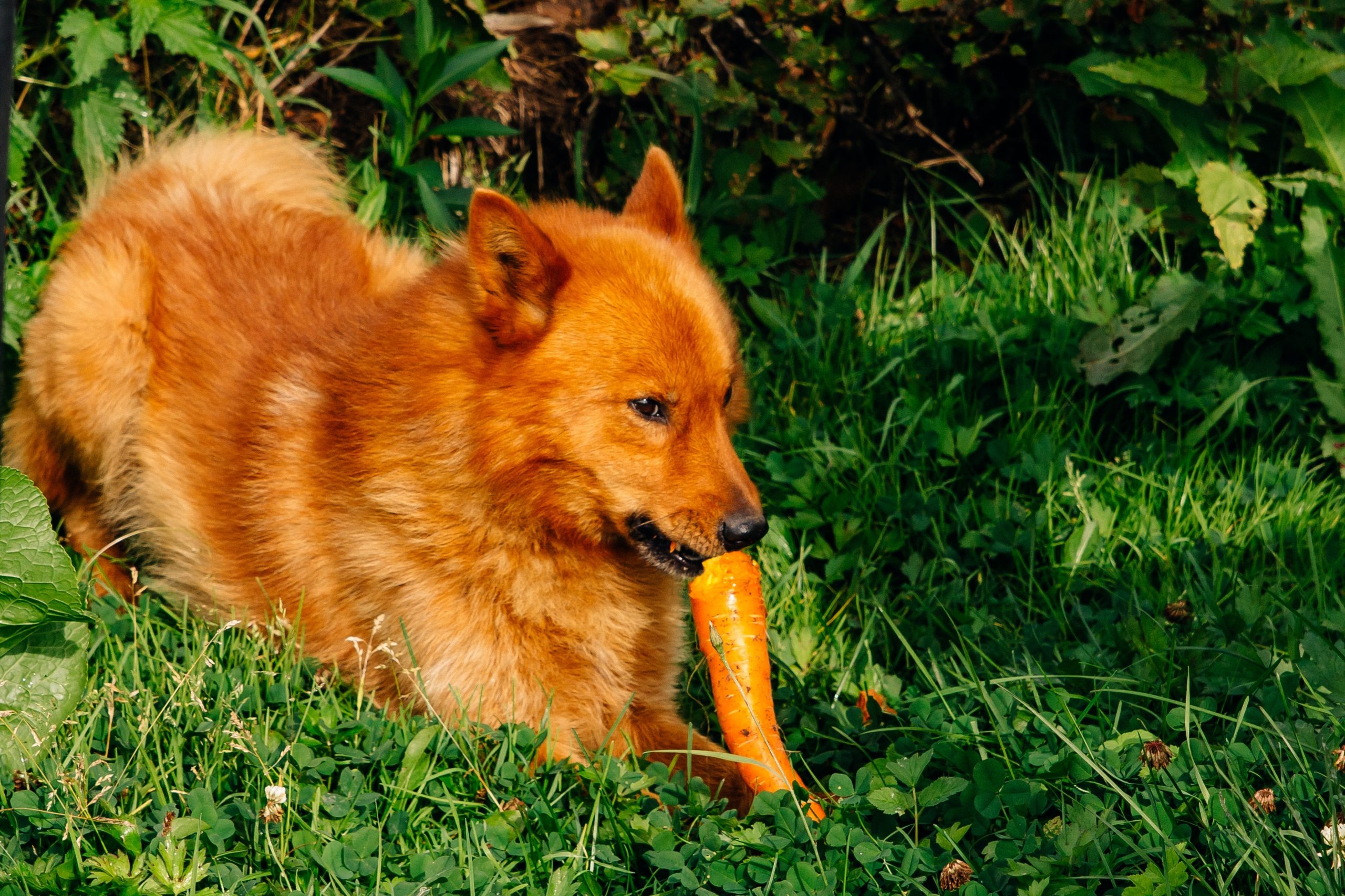Finnish Spitz
No products found which match your selection.
Shelter Dog Meal Donation Count:
No products found which match your selection.
The Finnish Spitz, the national dog of Finland, is traditionally used for hunting small game and birds. They are particularly known for their distinctive “bark point” hunting style and their striking fox-like appearance.
Originally bred to hunt small game and birds in Finland, the Finnish Spitz is highly skilled in tracking and pointing. They are the national dog of Finland and are known for their unique “bark point” hunting technique.

The Finnish Spitz has ancient origins and was likely brought to Finland by migrating tribes. The breed was developed to hunt in dense forests and has been cherished in Finland for centuries.




Generally, it is a healthy breed, but it is prone to conditions like hip dysplasia and patellar luxation. Regular health screenings and genetic testing are recommended.
Their thick double coat requires regular brushing, especially during shedding seasons. They do not typically need professional grooming.
High energy levels require daily exercise. Activities like long walks, runs, and play sessions are ideal for stimulating them physically and mentally.
Intelligent but somewhat independent, they respond well to positive reinforcement training methods. Early socialization and consistent training are key.
A balanced diet is important for their size, age, and activity level. Portion control is crucial to prevent overfeeding.
Finnish Spitz is a wonderful breed for active families or individuals looking for a lively, vocal, and affectionate dog. They can be a joyful and engaging companion with proper care, training, and nutrition.
The Finnish Spitz, known for its lively personality and distinctive appearance, is generally healthy but can be predisposed to certain health issues. Awareness and appropriate health testing can help maintain their well-being. Here's a list of common health issues in Finnish Spitz and the recommended tests for these conditions:
Ensuring that Finnish Spitz undergo these health tests can help in the early detection and management of these conditions. Regular veterinary check-ups, a balanced diet, and maintaining a healthy lifestyle, including appropriate exercise, are key factors in promoting the long-term health of Finnish Spitz.
The iHeartDogs Free Rx Discount Card Program is a pet prescription discount card that can help you save money on your furry friend’s medications. The card is free to sign up for, and you can use it at participating pharmacies nationwide. To use the free program, simply show the card to your pharmacist when you pick up your pet’s prescription. The pharmacist will then scan the card, and you will receive a discount on the price of the medication.LEARN MORE
Caring for a Finnish Spitz involves various expenses, and the total annual cost can vary depending on factors such as your location, the dog’s individual health needs, and the standard of care you provide. Here’s a breakdown of the typical expenses involved in caring for a Finnish Spitz:
Total Estimated Annual Cost:
$2300 - $5000
It's important to note that these figures are estimates and can vary. Also, the first year of owning a dog can be more expensive due to one-time costs like spaying/neutering, initial vaccinations, and training. Regular budgeting for your dog's needs and an emergency fund for unforeseen costs are essential for responsible pet ownership.